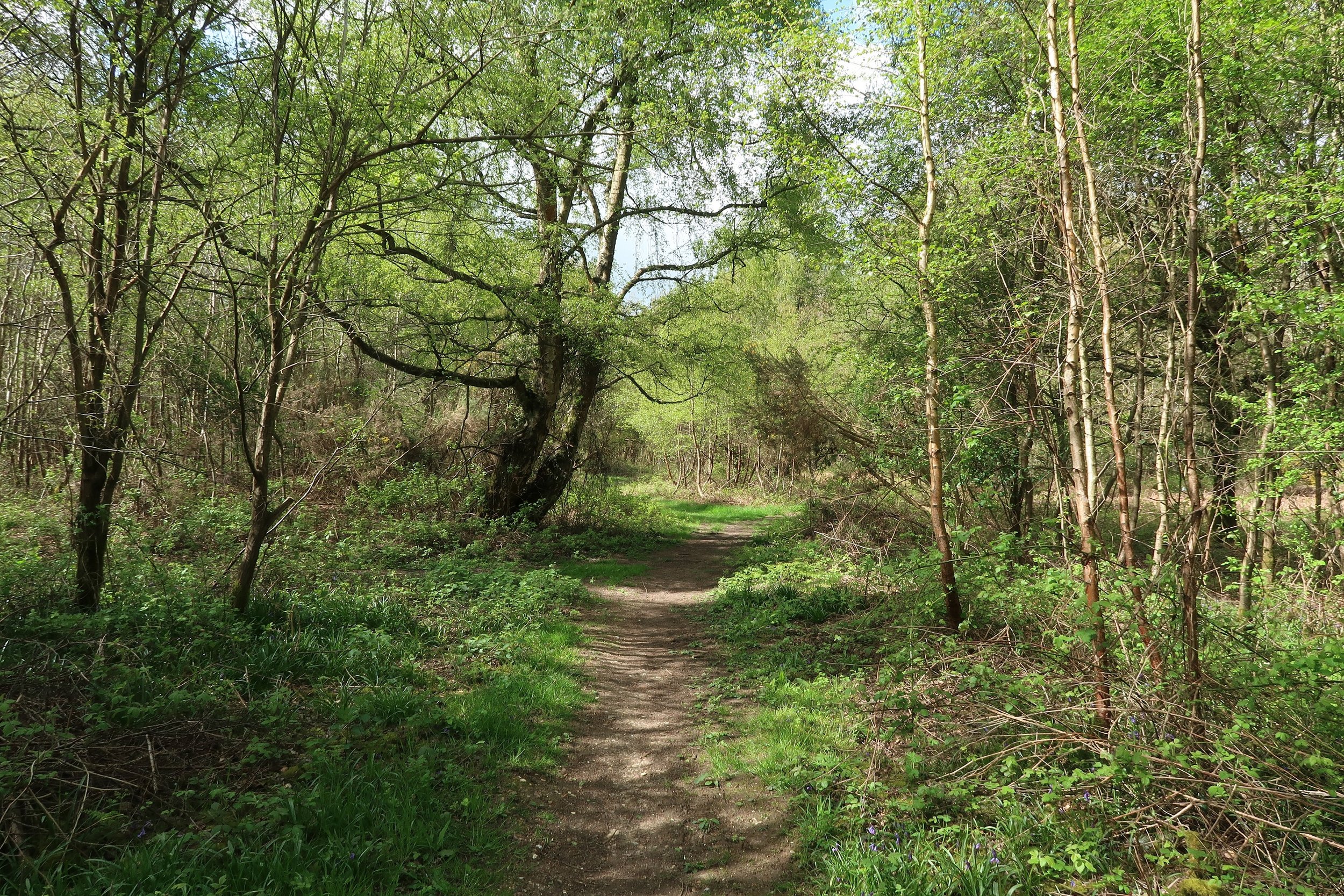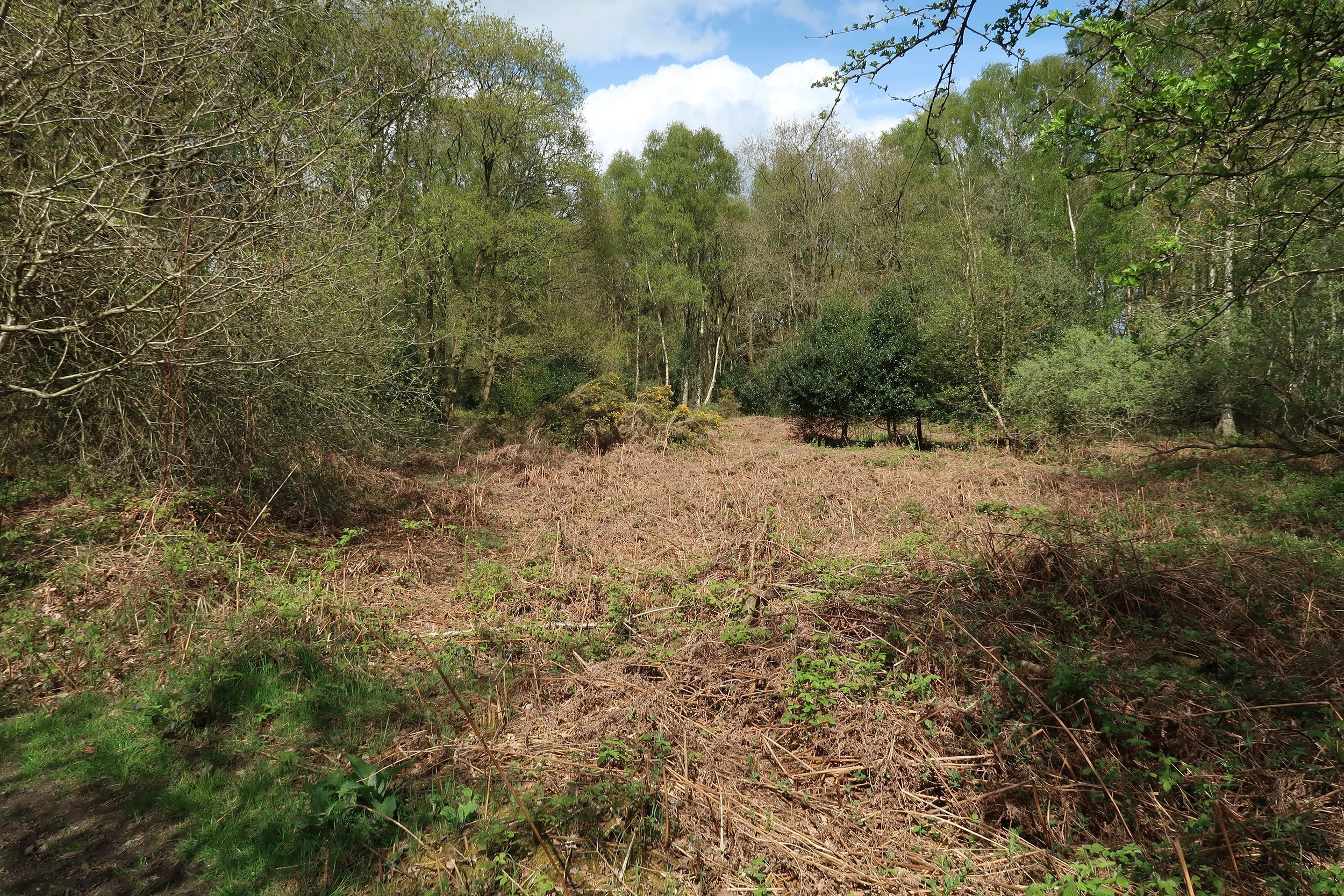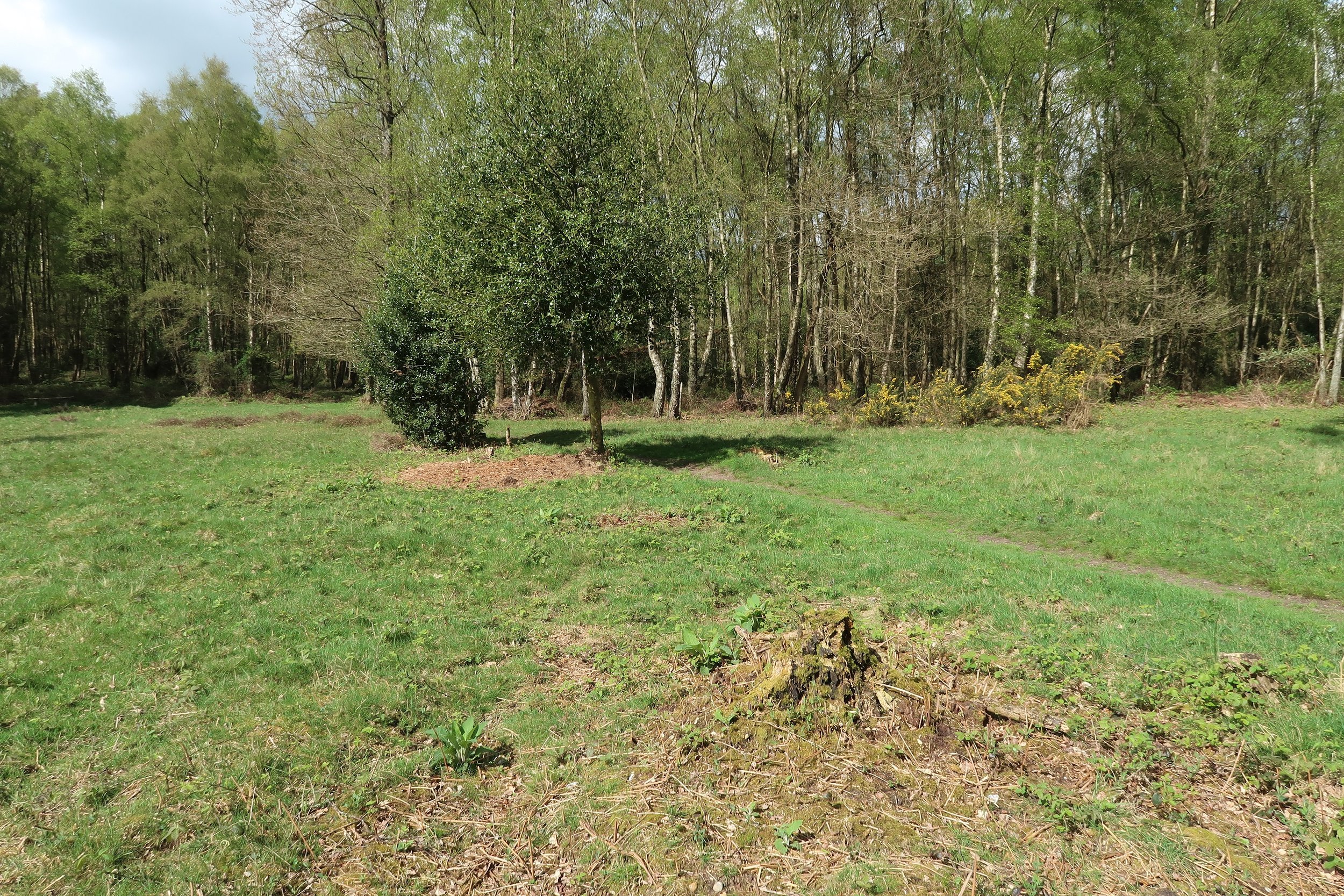Kingwood Common (148 acres) once formed part of the royal forest (hence the name) and was given to the Stonor family in 1479, but because of the poor quality soil and clay cover remained as waste land. During the war a large area was used as firstly an army camp for the RA and latterly was used as a German PoW camp (allegedly with no escapees) and then finally as a Polish refugee camp. The common was generally very open creating distant views. After the war, the management of the common (coppicing, burning and grazing) gradually ceased and the whole character of the common changed dramatically to what you see today. Under the Countryside Stewardship Scheme, managed by BBOWT, there have been some large areas of birch and bracken clearance on Kingwood Common to try and return parts of the common to heathland and thus encourage other flora and fauna to the area. There are also proposals to look at reintroducing selective and seasonal grazing on parts of both Kingwood & Peppard Commons. These proposals have a long way to go before anything could happen and this would involve local public consultation. However, it should not be dismissed lightly as unacceptable change – it is a scheme worthy of careful consideration from both an environmental and physical aspect. As part of a wider conservation project, it has the support of English Nature, Chiltern Society, Oxfordshire Nature Conservation Forum, SODC and BBOWT, and is part of a study of all lowland heaths throughout Southeast England.




